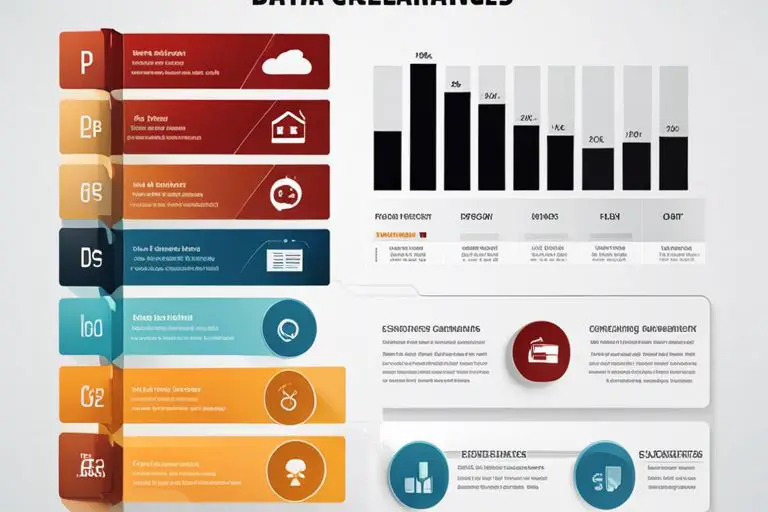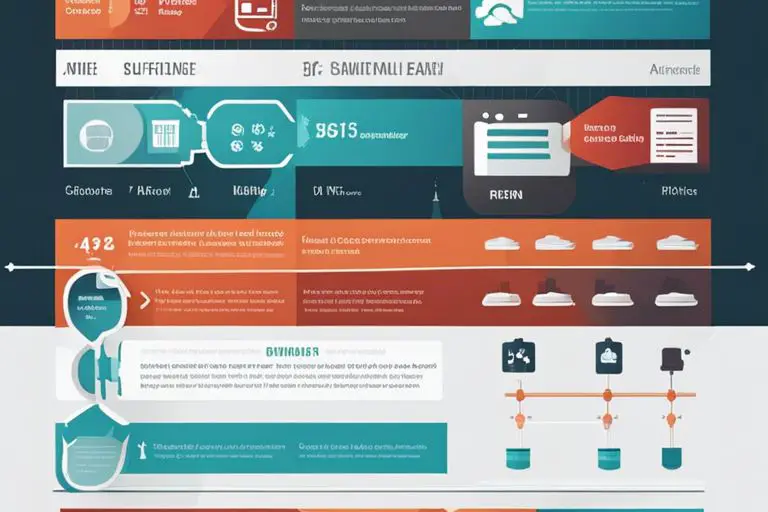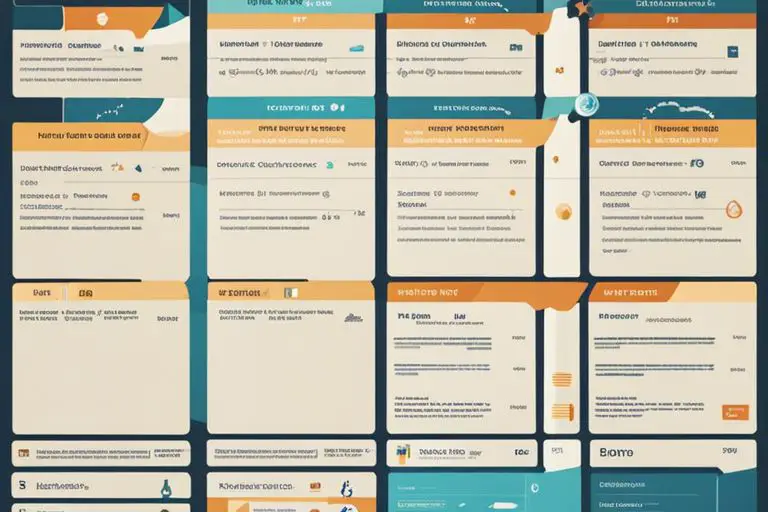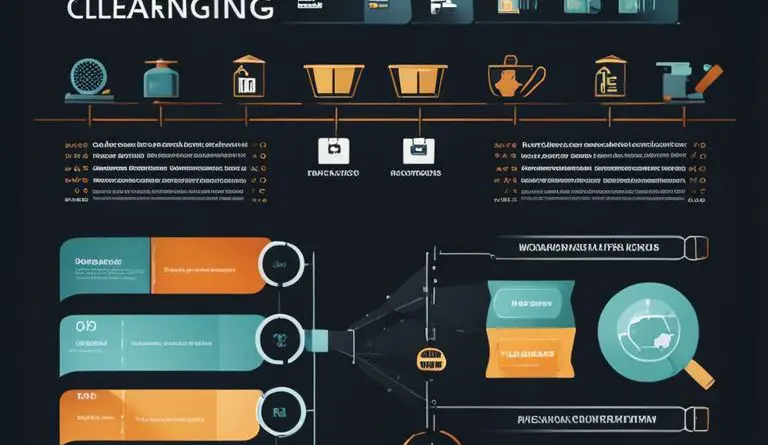Mastering Data Cleansing – Techniques and Best Practices now accessible
Mastering the art of data cleansing is necessary for anyone working in the field of data management. Our new course, ‘SAP Data Cleansing Mastery’, offers the perfect opportunity to elevate your data game. By transforming raw data into a trustworthy asset, you can make data-driven decisions with confidence. Ensuring data integrity through clean data is crucial in today’s data-driven world. Start your journey to cleaner data today and enhance your skills in data cleansing techniques and best practices. Enroll in our course now and take the first step towards mastering data cleansing.
Key Takeaways:
- Data Quality: Learn techniques to improve data quality and accuracy through effective cleansing processes.
- Data Integrity: Understand the importance of maintaining data integrity for making reliable data-driven decisions.
- Best Practices: Explore best practices for data cleansing in SAP to ensure consistent and trustworthy data.
- Decision-Making Confidence: Gain the skills to transform raw data into a valuable asset, empowering you to make confident decisions based on clean data.
- Professional Development: Enhance your data management skills and advance your career with SAP Data Cleansing Mastery training.

Understanding Data Quality
If you want to excel in data cleansing, a solid understanding of data quality is imperative. Data quality refers to the accuracy, completeness, consistency, and reliability of data. Without good data quality, any analysis or decision-making could be compromised.
Defining Data Quality
Understanding the importance of data quality is the first step in mastering data cleansing. Data quality is crucial in ensuring that the data you work with is reliable and accurate. It involves assessing and improving the overall health of your data to make informed decisions confidently.
Common Sources of Dirty Data
With the increase in data collection and storage, dirty data has become a significant challenge for organizations. Common sources of dirty data include human error, outdated systems, duplicate entries, and inconsistent data entry practices. Addressing these issues is crucial in maintaining data integrity.

Data Cleansing Techniques
Data Auditing Strategies
Strategies for data auditing are crucial in ensuring the integrity and accuracy of your dataset. Some effective techniques include thorough data profiling, identifying anomalies, and establishing data quality rules. By implementing robust data auditing strategies, you can enhance the overall quality of your data, leading to more reliable insights for informed decision-making.
Error Removal Methods
Cleansing errors from your dataset is crucial for maintaining data integrity. Common error removal methods involve deduplication, standardization, and validation processes. Cleansing data errors not only improves the quality of your dataset but also helps in preventing misleading analytical results. Plus, by utilizing dedicated data cleansing tools and software, you can streamline the error removal process and ensure a more efficient data cleansing workflow.

Data Cleansing Best Practices
Despite the challenges of handling raw data, mastering data cleansing is imperative for ensuring data integrity and making informed decisions. For a comprehensive guide on data cleaning and preprocessing techniques, check out Mastering Data Cleaning and Preprocessing for Flawless Analysis.
Validation and Verification Processes
An imperative aspect of data cleansing is implementing thorough validation and verification processes to ensure the accuracy and reliability of the data. Validating data involves checking for inconsistencies, errors, and outliers, while verifying data ensures that the cleaned data aligns with the intended purpose of analysis.
Maintaining Data Quality Post-Cleansing
One crucial step in data cleansing is maintaining data quality post-cleansing to prevent future issues. Quality control measures such as regular data audits, monitoring data entry processes, and implementing data governance frameworks can help sustain clean and reliable data for ongoing use.
Advanced Data Cleansing Tools
Now is the time to probe into advanced data cleansing tools that can take your data management skills to the next level. These tools are crucial for transforming raw data into a trustworthy asset, enabling you to make informed decisions confidently.
- Utilize the 6 Steps for data cleaning and why it matters for a comprehensive guide on the importance of data cleansing.
In terms of data cleansing, having the right tools at your disposal is crucial. Let’s explore some advanced data cleansing tools and techniques that can streamline and enhance your data management process.
| Most Important Tools | Dangerous Pitfalls to Avoid |
| 1. SAP Data Cleansing Mastery course | Avoid overlooking inconsistencies in the data |
| 2. Data Integrity best practices | Ignoring data quality issues can lead to costly errors |
| 3. CleanData software solutions | Failure to regularly clean data can impact decision-making |
By incorporating advanced data cleansing tools into your workflow, you can effectively tackle data inconsistencies, identify and rectify errors, and ensure that your data remains accurate and reliable for making data-driven decisions.
FAQ
Q: What is data cleansing?
A: Data cleansing, also known as data cleaning or data scrubbing, is the process of detecting and correcting errors and inconsistencies in data to improve its quality and reliability.
Q: Why is data cleansing important?
A: Data cleansing is crucial because high-quality data leads to more accurate analysis and decision-making. It helps organizations avoid costly mistakes and ensures that data-driven insights are reliable.
Q: What are some common data cleansing techniques?
A: Common data cleansing techniques include removing duplicate records, correcting spelling errors, standardizing formats, validating data against predefined rules, and filling in missing values.
Q: How can mastering data cleansing benefit individuals in the field of data management?
A: Mastering data cleansing can enhance an individual’s ability to transform raw data into a trustworthy asset. It enables them to make more informed and data-driven decisions with confidence, ultimately improving their performance in data management roles.
Q: Where can I learn more about mastering data cleansing with SAP?
A: You can start your journey to cleaner data today by enrolling in the ‘SAP Data Cleansing Mastery’ course. It is designed to help individuals elevate their data game and enhance their skills in data cleansing using SAP technologies.

